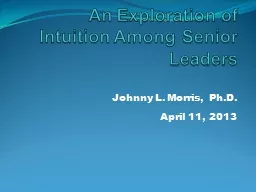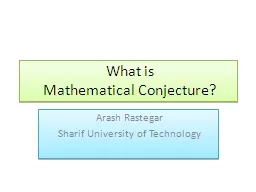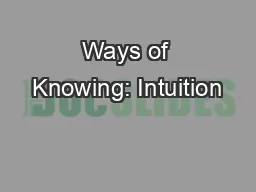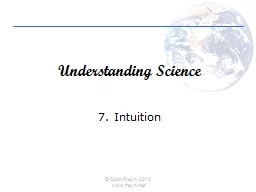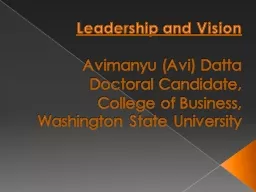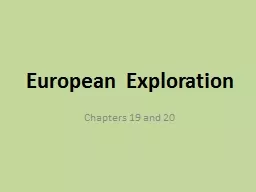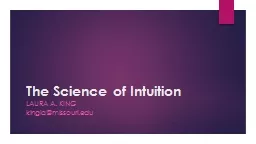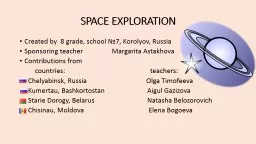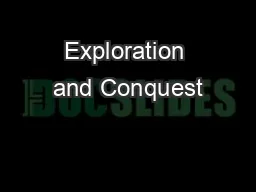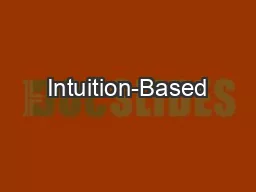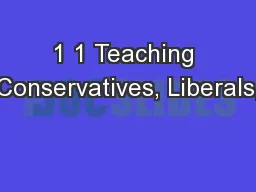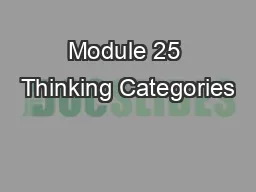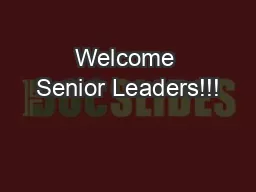PPT-An Exploration of Intuition Among Senior Leaders
Author : marina-yarberry | Published Date : 2020-01-22
An Exploration of Intuition Among Senior Leaders Johnny L Morris PhD April 11 2013 Introduction Intuition may be defined as a knowable cognitive process based largely
Presentation Embed Code
Download Presentation
Download Presentation The PPT/PDF document "An Exploration of Intuition Among Senior..." is the property of its rightful owner. Permission is granted to download and print the materials on this website for personal, non-commercial use only, and to display it on your personal computer provided you do not modify the materials and that you retain all copyright notices contained in the materials. By downloading content from our website, you accept the terms of this agreement.
An Exploration of Intuition Among Senior Leaders: Transcript
Download Rules Of Document
"An Exploration of Intuition Among Senior Leaders"The content belongs to its owner. You may download and print it for personal use, without modification, and keep all copyright notices. By downloading, you agree to these terms.
Related Documents

